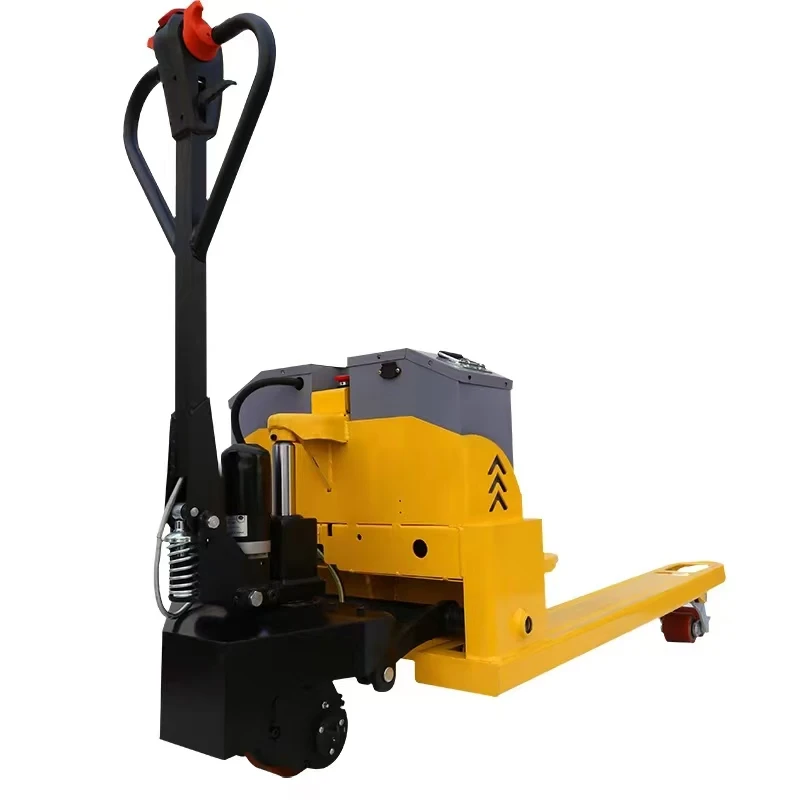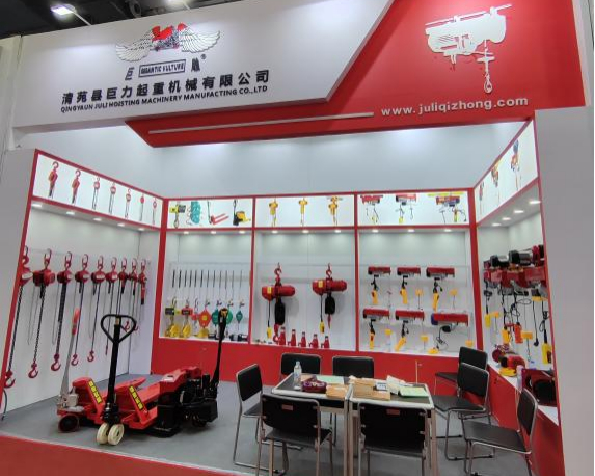



(pallet jack with motor)
Industrial operations have witnessed transformative efficiency gains through the integration of powered pallet handling solutions. Traditional manual pallet jacks created physical strain and productivity bottlenecks, particularly in high-volume environments. The emergence of motor pallet jacks addressed these challenges directly, combining ergonomic design with electric propulsion systems. These units typically feature: regenerative braking technology extending battery life by 18-22%, intuitive control interfaces requiring under 15 minutes of operator training, and compact maneuverability enabling operation in aisles under 8 feet wide. Unlike their manual counterparts, pallet jack pallet jack systems with motors convert warehouse personnel into equipment operators capable of moving up to 12,000 pounds daily with minimal exertion.
Specification benchmarks reveal why motorized units deliver 3.7x greater throughput than manual alternatives. High-torque brushless motors generate consistent power across eight-hour shifts, maintaining travel speeds up to 4.3 mph even at maximum 6,000 lb capacity. Operational duration between charges reaches 10 hours with advanced lithium-ion packs, compared to 5-6 hours in lead-acid models. Productivity analysis shows consistent improvement metrics:
| Metric | Manual Jack | Motorized Pallet Jack | Improvement |
|---|---|---|---|
| Pallet Moves/Hour | 18-22 | 62-68 | +289% |
| Operator Fatigue Level | High | Minimal | -85% |
| Daily Capacity (lbs) | 5,400 | 15,000 | +278% |
| Accident Frequency | 7.2 incidents/10k hours | 1.1 incidents/10k hours | -85% |
Beyond basic mobility enhancements, contemporary electric pallet trucks incorporate sophisticated technologies that redefine material handling. Integrated load sensors automatically adjust acceleration curves based on weight detection, eliminating wheel slippage during incline operations. Multi-directional chassis designs enable lateral movement capabilities for precision placement in narrow aisles. Waterproof electronics allow operation in food processing facilities where washdown requirements exist. The latest power systems incorporate lithium phosphate technology offering 2,500+ charge cycles – a 400% increase over standard batteries. Diagnostic telematics track 17 performance parameters in real-time, predicting maintenance needs before failures occur.
Significant performance differences emerge when evaluating industry leaders. Features diverge based on application intensity and environment specifications:
| Manufacturer | Lift Capacity | Travel Speed | Gradient Handling | Specialized Features | Maintenance Cost/Year |
|---|---|---|---|---|---|
| Brand A | 4,500-6,000 lbs | 4.3 mph | 12% incline | Active traction control | $420 |
| Brand B | 3,300-5,500 lbs | 3.7 mph | 10% incline | Omnidirectional steering | $580 |
| Brand C | 6,000-8,000 lbs | 3.1 mph | 15% incline | Heavy-duty cooling system | $360 |
Industrial applications drive customization requirements that manufacturers address through modular engineering. Facilities operating in sub-zero conditions deploy Arctic Packages featuring viscosity-optimized hydraulics and insulated battery compartments. Pharmaceutical operations utilize anti-static configurations preventing charge accumulation near sensitive equipment. Explosion-proof variants meet Class I Division 2 standards for chemical storage environments through fully sealed electrical systems. Unique application modifications include: scale integration providing weight verification during transport, RFID tag readers enabling inventory tracking without separate scanning, and automated guidance systems for repetitive transfer paths. Specialized forks accommodate irregular loads – drum handlers, coil rams, and telescoping options extend versatility beyond standard pallets.
Distribution centers present compelling implementations where electric pallet jacks transformed operations. A Midwest grocery distributor reduced loading dock transfer times from 47 to 12 minutes by replacing conventional jacks with high-speed walkie models. Similarly, a machinery manufacturer handling cast components reported 63% reduction in musculoskeletal incidents after adopting low-vibration units with dampened controls. Notable operational achievements include: an automotive parts supplier achieving 98.7% on-time shipments through reliability improvements, a cold storage facility eliminating seasonal hiring needs via cross-trained operators handling 40% more pallet jacks pallet jack movements, and a military logistics hub cutting fuel costs by replacing internal combustion units in confined spaces.
Transitioning to pallet jacks with motors delivers quantifiable ROI metrics that manual equipment cannot match. Facilities report full payback within 14 months through combined savings: 30% workforce redeployment efficiency, 65% lower worker compensation claims, and 22% inventory velocity improvement. Maintenance complexities decrease significantly with brushless motor designs requiring only semi-annual inspections versus quarterly maintenance for combustion alternatives. As supply chains demand accelerated throughput, electric pallet jacks provide the scalable solution that grows with operational demands. The technology evolution continues with predictive analytics integration and automated positioning features that further reduce operator cognitive load. Organizations investing in motor pallet jack fleets position themselves for responsive material handling that adapts to fluctuating demand cycles.

(pallet jack with motor)
A: A motor pallet jack is an electric-powered material handling tool designed to lift and transport palletized loads. It eliminates manual pushing through battery-powered drive systems. These motorized units significantly reduce operator effort compared to manual pallet jacks.
A: Electric pallet jacks accelerate load movement with minimal operator fatigue. They handle heavier loads (up to 5,500 lbs) at faster speeds than manual alternatives. Automated lifting functions also streamline loading/unloading workflows.
A: Motorized pallet jacks feature automatic braking, emergency stop buttons, and horn warnings. Load sensors prevent overloading while speed governors maintain safe travel velocities. Non-slip platforms provide secure operator footing during transit.
A: Yes, specialized motor pallet jacks with cold-rated batteries function in -20°F/-29°C conditions. Sealed electronics prevent moisture damage during cold-chain operations. Always verify manufacturer specifications for freezer compatibility before use.
A: Monthly inspections should check hydraulic fluid levels and wheel conditions. Battery systems need regular charging and terminal cleaning. Professional servicing every 500 operating hours ensures drive motor and controller longevity.



